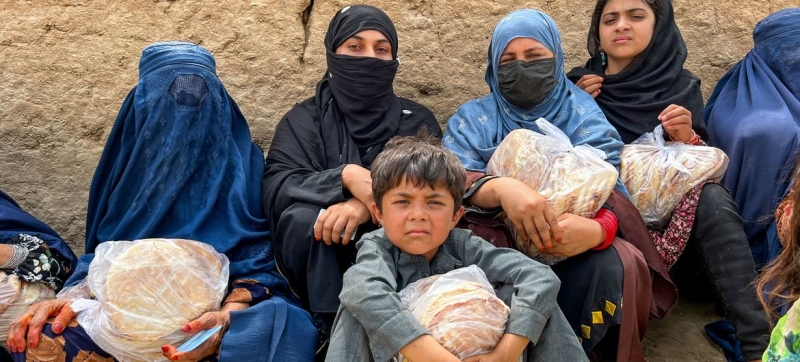
1.9 million people in the world today are on the brink of starvation. Severe food insecurity affects 343 million people in 74 countries Humanitarian aid
The World Food Programme (WFP) has launched a flash appeal for 2025, asking international donors to provide $16.9 billion to meet global food needs and close the gap between people’s needs and WFP’s resources.
WFP’s Global Development Outlook 2025, released on Friday, shows that 343 million people in 74 countries are facing acute food insecurity. That’s 10 percent more than last year and just shy of the COVID-19-era record. The conditions in which WFP operates are becoming increasingly challenging, making it more expensive to help people in need.
A combination of global crises caused by geopolitical tensions, rising armed conflicts, extreme climate events and economic shocks has driven global hunger to record levels, creating an unrelenting demand for humanitarian assistance. However, funding shortfalls in 2024 have forced WFP to partially scale back its activities, leaving some of the most vulnerable behind.
1.9 million people on the brink of famine
An estimated 1.9 million people in the world are on the brink of famine today, according to a WFP report. The number of people facing catastrophic levels of hunger, particularly in Gaza and Sudan, as well as in parts of South Sudan, Haiti and Mali, has reached unprecedented levels.
“Global humanitarian needs are growing, driven by devastating conflicts, more frequent climate disasters and deep economic shocks. But funding has not kept pace with the growing need,” said WFP Executive Director Cindy McCain. “We are working to achieve a world without hunger, but to get there, we urgently need the financial and diplomatic support of the international community.”
The $16.9 billion WFP needs to feed 123 million people in 2025, the report’s authors say, is about as much as the world spends on coffee in just two weeks.
Regional Perspectives and Priorities
In Asia and the Pacific, where 88 million people are struggling with the devastating effects of acute hunger due to climate change, WFP will need $2.5 billion to scale up further social protection initiatives and pre-emptive action.
Africa accounts for about 50 percent of WFP’s projected funding needs in 2025. The conflict in Sudan has led to massive displacement that has spilled over into neighbouring countries. Conflicts are also driving millions of people into hunger in the Democratic Republic of Congo and the Sahel, while extreme weather events are exacerbating food insecurity in the south of the continent. WFP needs $8.4 billion to support its operations in Africa.
The outbreak of fighting in Lebanon has worsened the already dire situation in the Middle East, particularly in Gaza, Syria and Yemen. The situation in Gaza remains particularly tense, with 91 per cent of the Strip’s population experiencing acute food insecurity. Funding shortages are severely affecting WFP operations across the region, with millions of people experiencing cuts in food assistance.
40.8 million people in Latin America and the Caribbean are also food insecure, with 14.2 million people identified as key populations for assistance. WFP will need $1.1 billion in the region to support vulnerable populations and scale up interventions to strengthen food systems, climate resilience and social protection.
